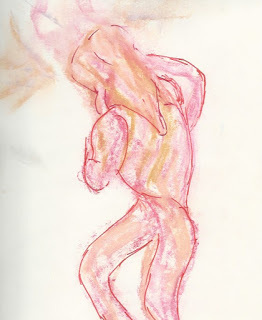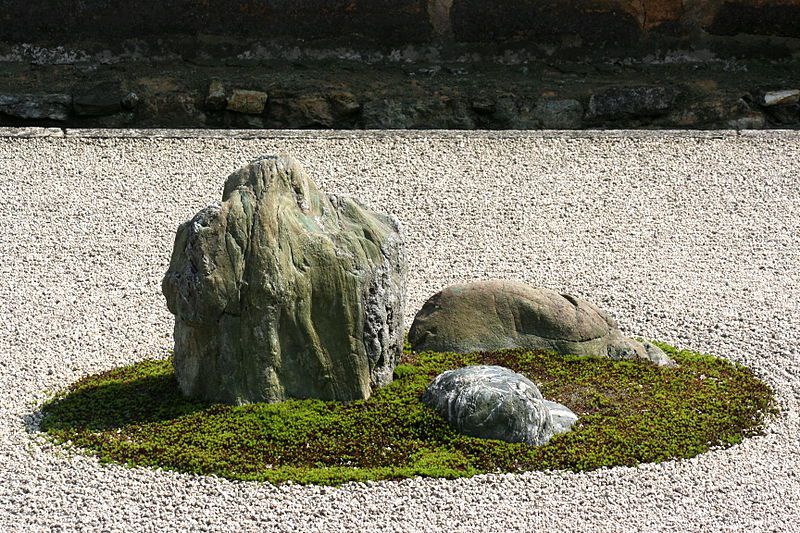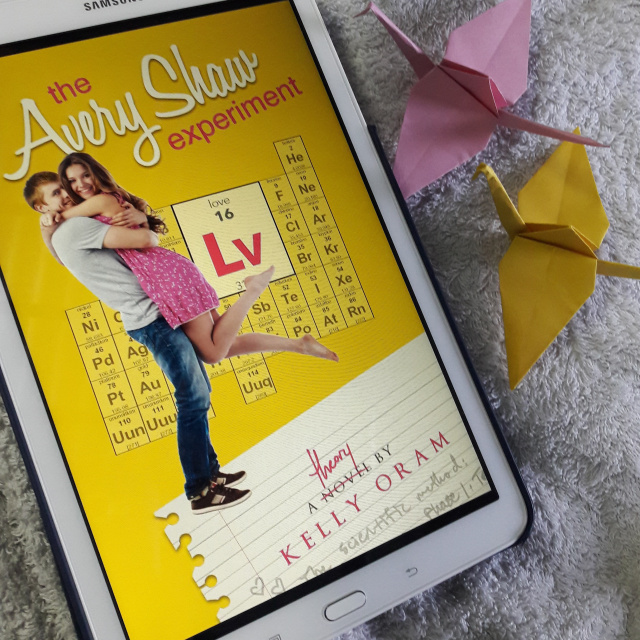Happy Monday!
If you’re reading this that means I am still, in fact, alive. I haven’t posted much in the last month because November(1) but I have been reading some good stuff or rather more accurately what I’ve read has been about as good as a bag of mix nuts: about half the total are peanuts and the rest are unique and really nice. If The Bootlegger was a pedestrian peanut (I’ll be fair, it was consistently good but nothing exciting or surprising), The Rum Diary was a strange shaped and richly flavoured Brazil nut.
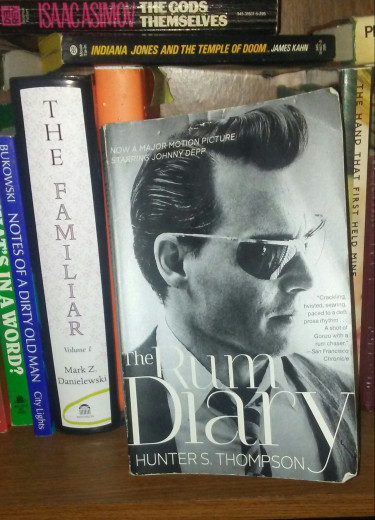
The Rum Diary is considered Hunter’s “lost novel” but actually it was the second novel he wrote and didn’t publish until later, the first one being Prince Jellyfish which still remains unpublished.
The Rum Diary’s narrative focuses on a young American journalist, Paul Kemp, on assignment in Puerto Rico’s capital city San Juan. Kemp is worried, or in a martyr type way, romanticizes, about the notion of being “over the hill” whilst living a wet and transient existence traveling the world over as a “vagrant journalist”.
[Vagrant journalists] were professionally deviant, but they had a few things in common. They depended, mostly from habit, on newspapers and magazines for the bulk of their income; their lives were geared to long chances and sudden movement; and they claimed no allegiance to any flag and valued no currency but luck and good contacts.
The book opens with some background to the narrative, outlining the steady success of an ex-jockey named named Al who opened a bar out of his backyard called (wait for it…) “Al’s Backyard”.
“At first he served nothing but beer, at twenty cents a bottle, and rum, at a dime a shot or fifteen cents with ice. After several months he began serving hamburgers, which he made himself.
Al’s backyard will serve as one of the main stages for the drama of the news staff to unfold as it serves as a place for, as it seems, almost exclusively the cast of characters working at the Daily News, the American news paper. Having the introduction chapter outline the humble history of this establishment, one which was there before the characters and maybe also before the Daily News, helps to establish a couple of themes which become prominent through the story: the primary theme being one of establishing the sense that despite the characters feelings, they and their actions are ultimately insignificant because the world they’re operating in is older and better connected then they are and the more subtle theme that authentic work is much less likely to get you beaten, killed, or become an accessory to murder.
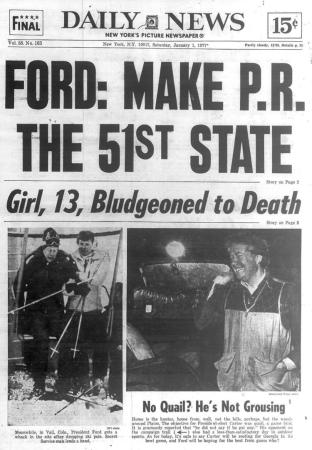
Relevant example of the US – Puerto Rico Relationship
As I’ve mentioned there are many motifs that could be explored in this novel, one of particular interest to me is the relationship of the dog, the character Moberg, and the Puerto Rican children in the narrative, but what stuck with me was the dynamic between Yeamon, Kemp, and Sala.
All manner of men came to work for the News: everything from wild young Turks who wanted to rip the world in half and star all over again — to tired, beer-bellied old hacks who wanted nothing more than to live our their days in peace before a bunch of lunatics ripped the world in half.
Yeamon is the young Turk whilst Sala is the beer-bellied hack which leaves Kemp in a grey “teetering on the edge of over the hill” area thematically and literally, being between the ages of the young Yeamon and the over 40 Sala.
This is an interesting technique of building Kemp’s character by contrasting him with two other characters who represent a possible past and a possible future. This definition by contrast emphasizes Kemp’s journey of self exploration which gives a cathartic context of absolution to a seemingly unusual scene towards the end of the book depicting Kemp throwing him self into the surf and letting himself be washed ashore.
“The surf was high and I felt a combination of fear and eagerness as I took off my clothes and walked towards it. In the backlash of a huge wave I plunged in and let it suck me out to sea. Moments later I was hurtling back toward the beach on top of a long white breaker that carried me along like a torpedo. Then it spun me around like a dead fish and slammed me on the sand so hard that my back was raw for days afterwards.” 192-3
The significance of this scene seems to be that Kemp desires to transcend the trappings of an idealized past and seeming inevitability of beer fueled burn out via an impromptu performance of a cleansing ritual traditionally preformed in June called “La Noche de San Juan”
On the island of Puerto Rico, which had been named San Juan Bautista, after the saint, by Christopher Columbus, a night-long celebration, called “La Noche de San Juan” is held. After sunset, people travel to a beach or any accessible body of water (e.g. river, lake or even bathtub) and, at midnight, fall backwards into it three, seven or twelve times. This is done to cleanse the body from bad luck and give good luck for the following year. wiki
There’s so much more to this book that I haven’t time to explore but I implore you to get a copy of The Rum Diary and see what speaks to you.
-fin
AUTHORS NOTE:
Life has been very good but busy for me and I am not sure if I can commit to a regular posting schedule for a while. I’m in the process of moving and my job in in a transitional period also (both improvements) but because of this, I haven’t had much time left over for non-work/non-home stuff. The next post will be a comic, maybe the next few honestly.
Footnotes:
- More
